This article was originally published on the Washington State Department of Fish and Wildlife (WDFW) blog and is republished here with permission. You can read the original article here.
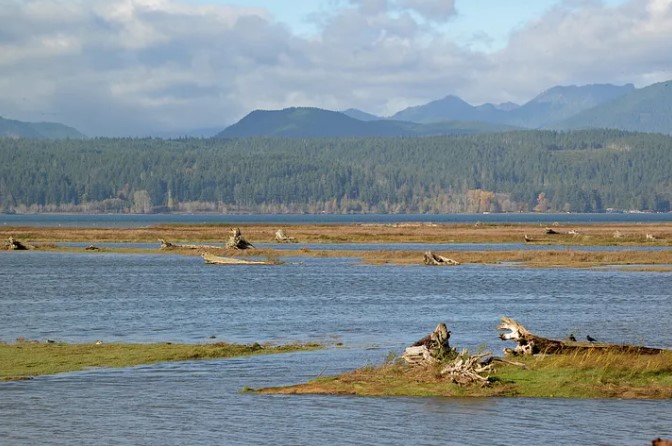
Starting this spring, Puget Sound habitat recovery is getting a $14 million boost! Distributed through the Habitat Strategic Initiative Lead, a partnership between Washington Department of Fish and Wildlife (WDFW) and Washington State Department of Natural Resources (DNR), the investment will benefit 25 projects across Puget Sound.
Projects will help to advance protection efforts to restore eelgrass habitat and enhance kelp forest conservation; expediate floodplain and estuary restoration projects; and provide incentives to private landowners to improve habitat along shorelines and streams and in working farms and forests. Projects will also provide information and tools to increase resiliency for people and habitat to climate change and assist local governments with land-use planning efforts to protect habitat and integrate nature-based solutions.
Investments are distributed across five investment priorities: Changing planning paradigms, Supporting project development and readiness, Behavior change, Regulatory support, and Information and evaluation. These five investment priorities represent a systems approach and holistic vision for habitat investment in Puget Sound to achieve multiple outcomes for streams and floodplains, forests and wetlands, estuaries, and beaches and marine vegetation.
Let’s explore some of the selected projects below:
Investing in changing planning paradigms
University of Washington: Sea Level Rise Vulnerability
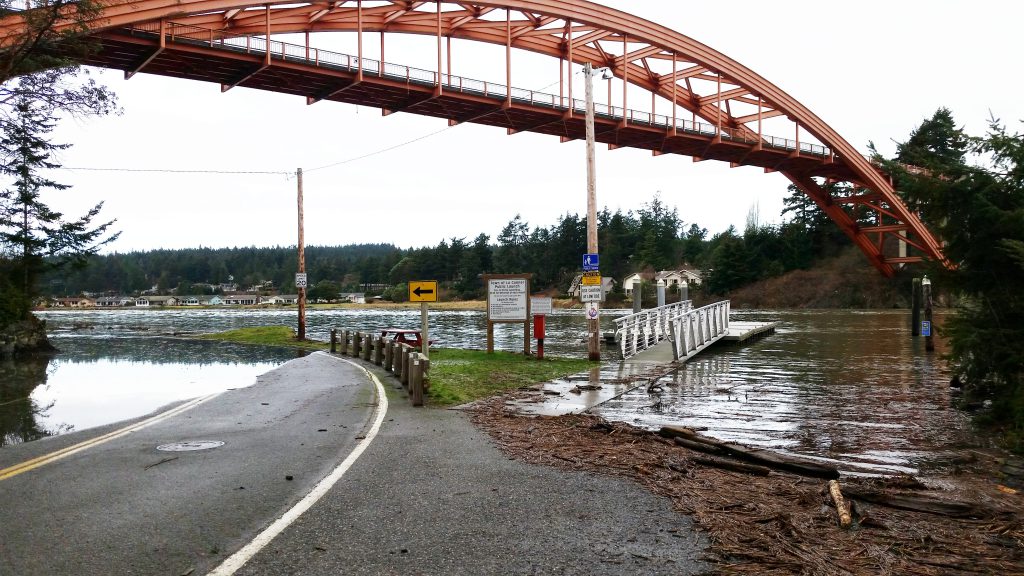
University of Washington will use this funding to implement the second phase of a project that assessed sea level rise vulnerability across about 111,000 parcels in Puget Sound (learn about phase one). The new phase will expand the footprint of the research west to the mouth of the Strait of Juan de Fuca, re-calculate the sea level exposure and vulnerability for the entire study area, and make the results available in an online interactive format. The results will inform future efforts around habitat restoration, land use and hazard mitigation planning. For more information about this project and other projects investing in planning efforts, reference the HSIL website.
Investing in project development and readiness
Tulalip Tribes: Restoring coastal estuaries and embayments
Tulalip Tribes will use this funding to design a project and implementation plan for 20 priority habitat restoration sites for railroad stream crossings along the Puget Sound shoreline. The project will also include evaluating estuary restoration feasibility and engagement with BNSF Railway, nearby landowners, and other stakeholders. HSIL’s investment will help to support habitat function, Chinook salmon access, increased capacity for Tribal engagement and leadership, and advancement of a climate adaptation strategy to address limits to juvenile Chinook estuary rearing habitat. Learn about past phases of this project through this story map. For more information about this new project phase and other funded projects helping to advance project development and readiness, reference the HSIL website.
Investing in behavior change
Snohomish Conservation District: Forest Stewardship Expansion Project
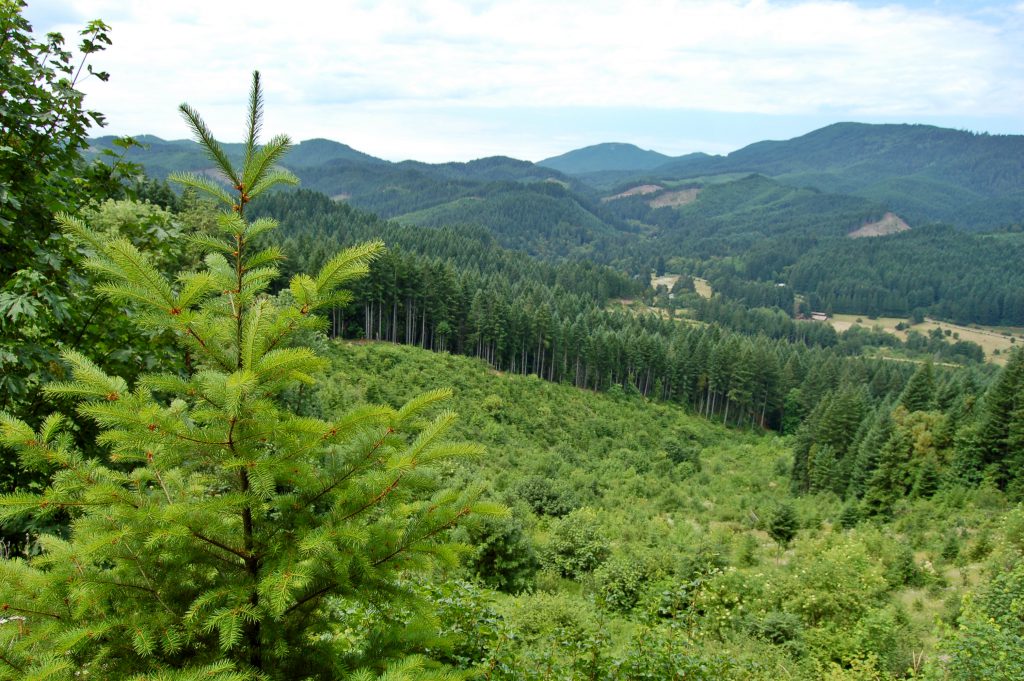
Several Puget Sound conservation districts will be using this funding to expand forestry services across 11 counties to support the long-term viability of working forests. The project will: improve coordination between partners to provide more effective delivery of services to forest landowners and create a forest resilience implementation plan. It will also provide accessible outreach and educational materials to both forest landowners and non-forest landowners to increase understanding of the benefits of forest management. Finally, it will deliver individualized educational and technical forestry services to forest landowners and increase forest cover through four demonstration sites. By expanding forest management education and direct technical assistance to forest landowners, the project will help to reduce forest conversion to non-forest uses, improve forest management, and on-the-ground increases in forest cover. The project follows a piloted effort in 2018 and will provide direct funding to six additional counties to create resources that can be use across all western Washington.
Washington Recreation and Conservation Office: Shore Friendly

The Recreation and Conservation Office, in collaboration with WDFW and local partners, will use this funding to accelerate the work of the Shore Friendly program by investing in a public engagement campaign to engage landowners and support future implementation of shoreline restoration projects in Puget Sound. Shore Friendly invests in local efforts to provide stewardship incentives to landowners to foster healthy shorelines. With the goals of reducing shoreline armoring, such as bulkheads and seawalls, and restoring shoreline habitat, the program engages private landowners and communities to encourage changes in how they manage their shorelines.
For more information about these project and other projects investing in behavior change, reference the HSIL website.
Investing in regulatory support
Kitsap County: Derelict and Abandoned Vessel Program
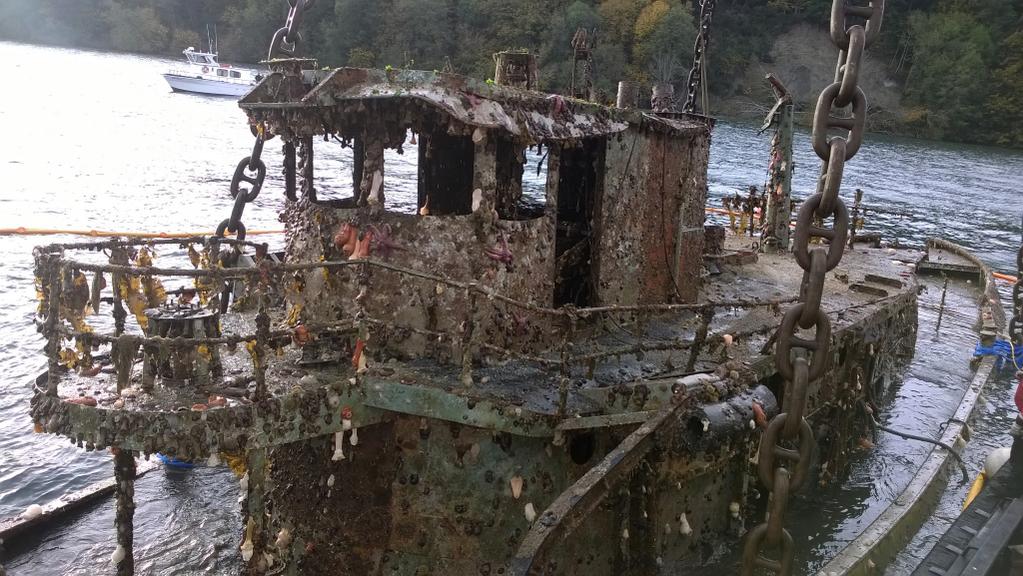
Kitsap County will use this funding to develop a Derelict and Abandoned Vessel program to serve Kitsap County and cities and port districts within Kitsap County. The program will build on Washington State Department of Natural Resource’s existing Derelict Vessel Program while identifying the best approach to implementing that program across a county-wide scale. For more information about this project and other projects investing in regulatory support, reference the HSIL website.
Investing in information and evaluation
Puget Sound Restoration Fund: Strengthening restoration tools for rebuilding kelp beds
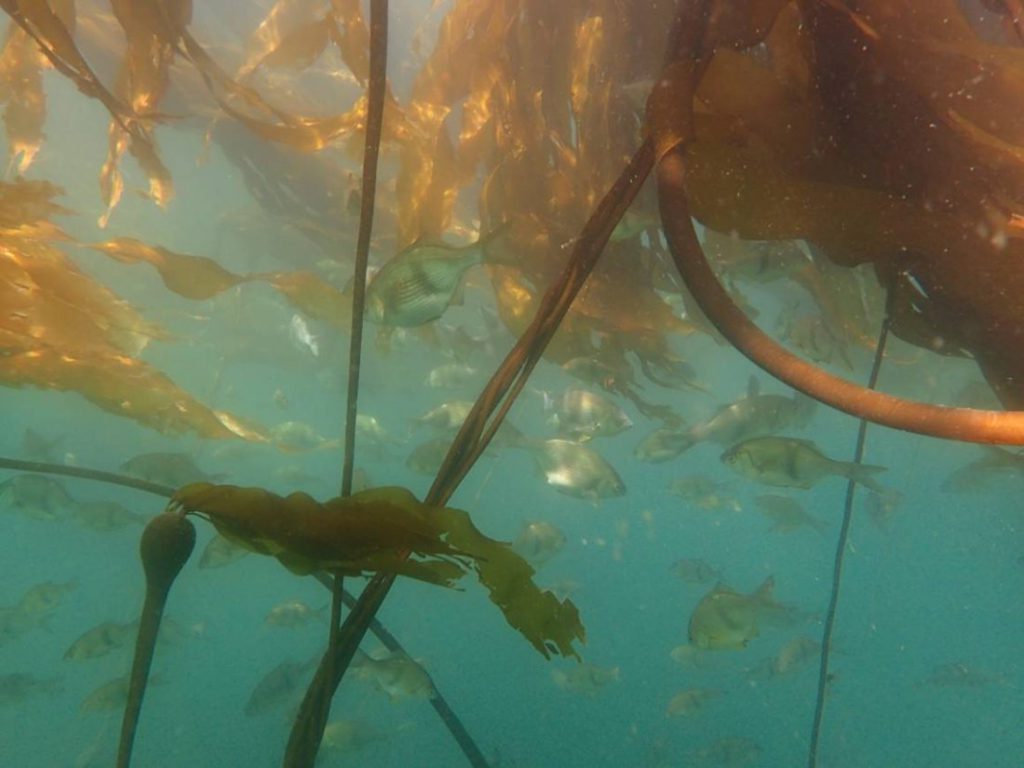
Decline of kelp forests in Puget Sound requires us to research and develop reliable tools to restore this vital marine habitat. Building on years of testing, and successes regrowing bull kelp in central Puget Sound, this project will strengthen habitat restoration practices, producing twine seeded with small kelp and then planted on structures on the seafloor. By doing this at four restoration sites distributed across Puget Sound, we can recommend how and where to apply this restoration tool to yield desired outcomes. The project will include monitoring efforts and analysis at the four sites, as well as communications materials for restoration practitioners.
Washington State Department of Natural Resources: Identifying factors associated with patters in floating kelp loss
Recent studies have identified that bull kelp is stable in some regions of the Salish Sea but declining sharply in others. This project will use dive surveys to research and monitor bull kelp at a network of sites to better understand stressors on the phases of the kelp life cycle and what is happening on the ocean floor. Findings will identify key stressors and recommend sites and parameters for a future monitoring backbone that provides broad context for local studies.
For more information about these projects and other projects investing in information and evaluation, reference the HSIL website.
Funding for the projects comes from the Environmental Protection Agency’s (EPA) Puget Sound Geographic Program through the Habitat Strategic Initiative Lead (HSIL), a partnership between WDFW and DNR to preserve and restore Puget Sound habitat through strategic planning, funding, outreach and collaboration. The congressional appropriation for the Puget Sound Geographic Program recently increased, allowing EPA to direct more funding to the HSIL and in turn provide about $5 million more than originally anticipated to advance habitat recovery quicker.
The HSIL developed investment priorities in partnership with an advisory team and include changing planning paradigms, enabling project development and readiness, encouraging behavior change, strengthening regulatory support, and increasing information and evaluation necessary for habitat planning, policy, implementation and decision-making. Selected projects went through a robust review process in consultation with policy professionals and subject matter experts from the Puget Sound recovery community.
Created in 2016, the HSIL implements the Puget Sound Action Agenda through stewarding and investing in the Habitat Implementation Strategies. HSIL is one of three Puget Sound Strategic Initiatives, which also include the Stormwater and Shellfish Strategic Initiatives.
For more information about HSIL, reference the HSIL website.

